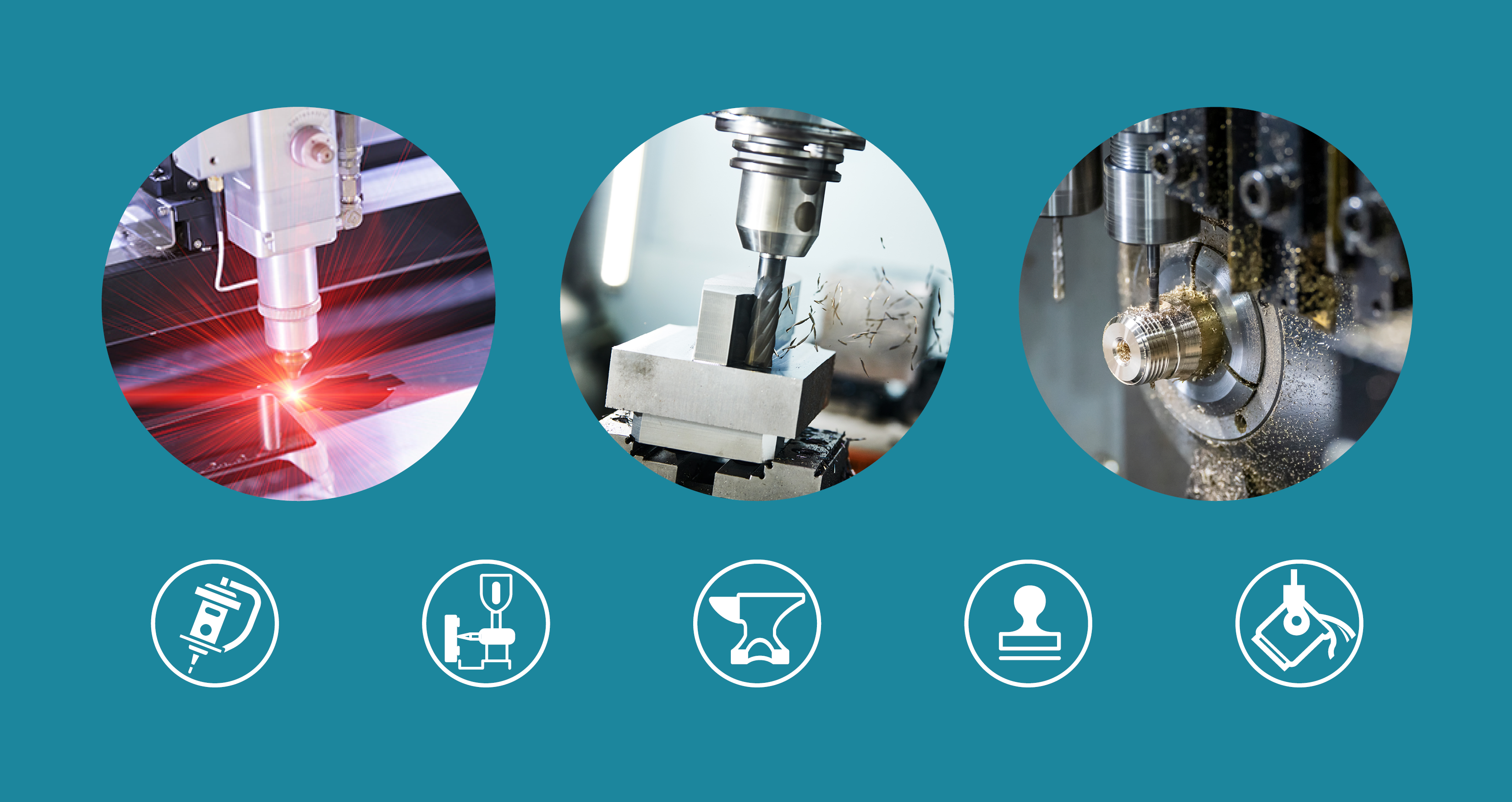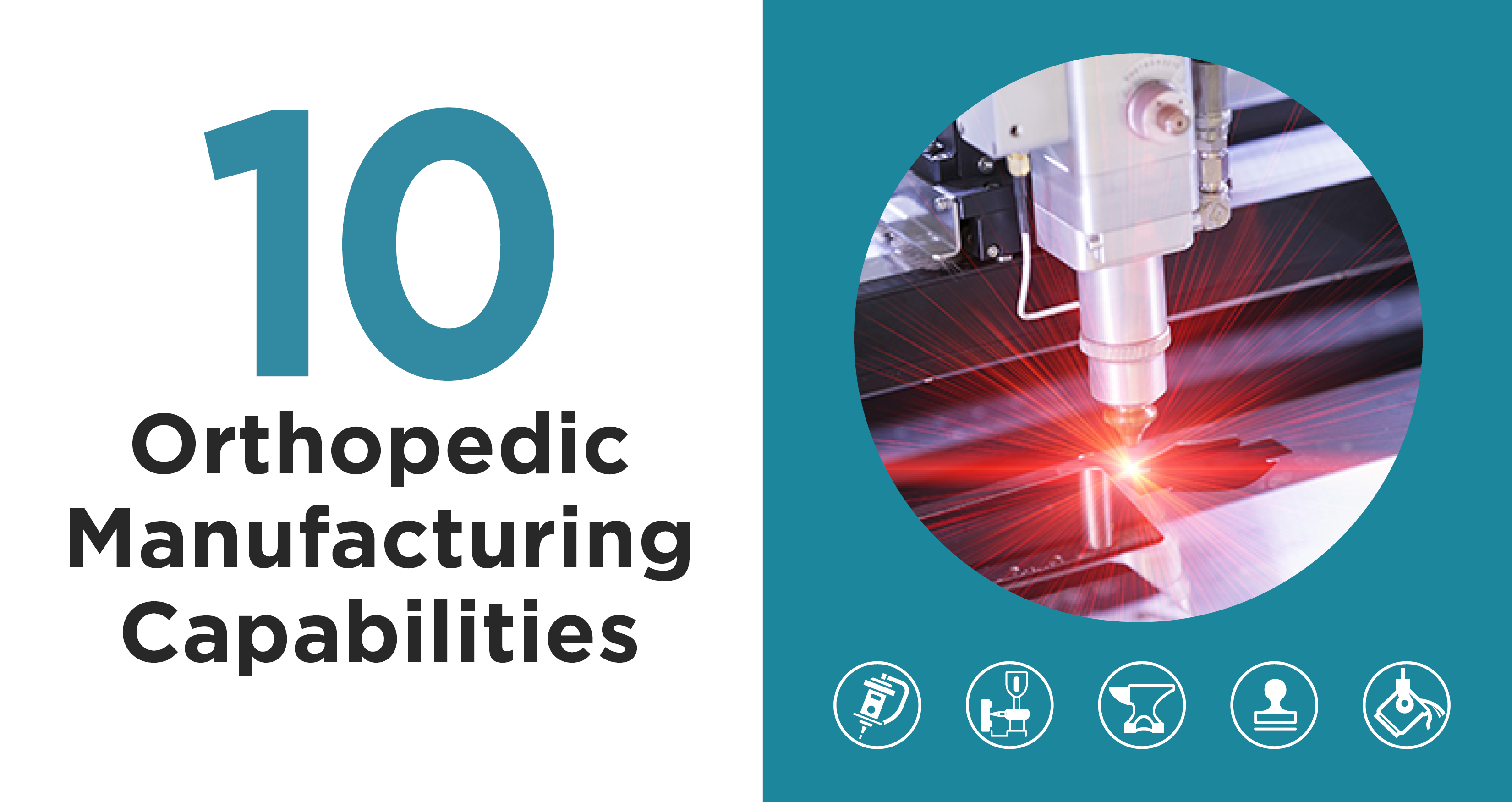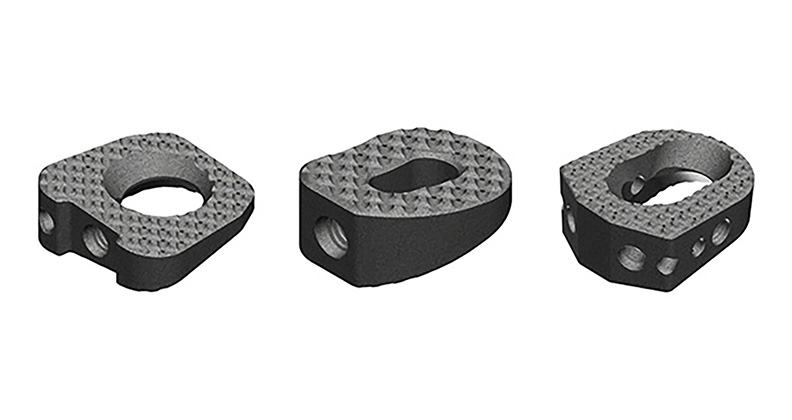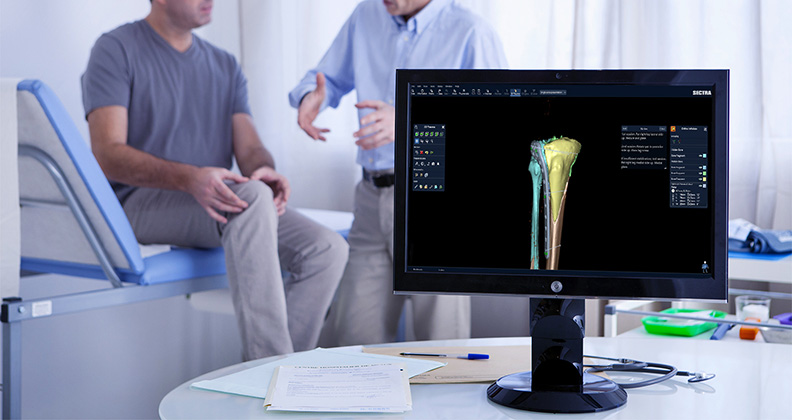
Orthopedic implant and instrument manufacturing is a complex, multi-step process. Our infographic looks at 10 subtractive manufacturing capabilities and their use in orthopedic applications, including casting, forging, grinding, laser processing and Swiss machining.

Infographic sponsored by Autocam Medical
It’s critical for orthopedic engineers to have an understanding of traditional machining tools to properly design implants and instruments. Over the years, orthopedic device engineering and product development decision makers have noted that younger engineers possess a gap in their knowledge of these capabilities.
In addition to this infographic, we recommend our previously published Engineering Guide to Machine Tools. Deborah Munro, Ph.D., an engineering professor and former orthopedic device professional, wrote that overarching issues stem from a lack of hands-on education required for today’s engineering degrees. Universities arm engineers with the ability to create complex designs, but don’t teach how to machine the designs. Therefore, engineers often create designs that overcomplicate or even prohibit the fabrication of a part. The series of articles goes into greater depth on the Drill Press, EDM and Cutting Tools, Lathe and Mill.
Are you looking for contract manufacturers to help with these capabilities? You can find more than 100 of them and many other types of suppliers in the BONEZONE Supplier Directory.




